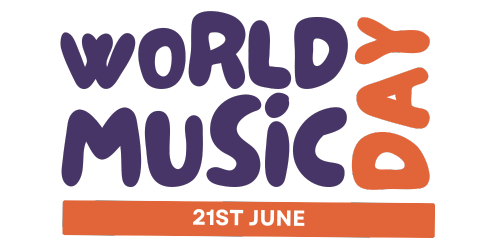Classroom management is a critical component of successful music education, particularly in primary/elementary settings where students may be experiencing structured music lessons for the first time. Effective classroom management ensures a positive learning environment, enabling students to focus, participate, and enjoy their music education. Here are strategies to help primary/elementary teachers manage their classrooms during music lessons effectively.
Establish Clear Expectations
1. Set Rules and Procedures: Begin by establishing clear, simple rules for music class. These might include instructions on when and how to use instruments, listening attentively when someone is speaking or playing, and respecting classroom materials. Consistently reinforce these rules to build routine and predictability.
2. Use Visual and Verbal Cues: Visual aids, such as posters with class rules or hand signals for quiet and attention, can be effective in managing young learners. Pairing these with verbal cues helps reinforce expectations and aids students who are visual or auditory learners.
Foster a Positive Classroom Environment
3. Encourage Respect and Teamwork: Create an atmosphere where respect for teachers, classmates, and instruments is paramount. Activities that require collaboration can help foster a sense of teamwork and mutual respect among students.
4. Positive Reinforcement: Acknowledge and reward positive behavior and achievements. This could be through verbal praise, stickers, or showcasing students’ work. Recognizing efforts and improvements can motivate students and promote a positive learning environment.
Engage Students with Diverse Activities
5. Keep Lessons Dynamic: Incorporate a variety of activities into your music lessons to cater to different learning styles and keep students engaged. This can include singing, instrument play, movement activities, and listening exercises.
6. Use Movement and Breaks: Young children have limited attention spans and benefit from short breaks and movement activities. Incorporate dance or simple movement activities related to the musical lesson to keep energy levels manageable and maintain focus.
Implement Structured Transitions
7. Smooth Transitions: Plan transitions between activities carefully to minimize downtime and maintain control. Use musical cues to signal changes or move students between activities smoothly.
8. Prepare Materials in Advance: Having all materials ready and accessible before the lesson starts can significantly reduce disruptions. Organize instruments, audio equipment, and any handouts in advance to ensure smooth transitions between activities.
Manage Noise Levels
9. Noise Control Techniques: Establish clear signals for noise control, such as a specific clap pattern or a quiet music track. Teach students the difference between appropriate and inappropriate noise levels for different activities.
10. Monitor Group Size: When working with instruments or group activities, consider splitting the class into smaller groups to manage noise levels and provide more focused instruction.
Addressing Challenges Proactively
11. Individual Attention: Identify students who may need extra support or guidance and provide individual attention as needed. Tailoring your approach to meet the diverse needs of students can prevent disruptions and enhance learning outcomes.
12. Create a Safe Space for Expression: Encourage students to express themselves musically in a safe and supportive environment. Addressing emotional or behavioral issues with empathy and understanding can help maintain a positive classroom atmosphere.
Reflection and Feedback
13. Reflect on Lessons: After each music lesson, take time to reflect on what worked well and what could be improved. Consider student engagement, behavior challenges, and the effectiveness of your management strategies.
14. Seek and Offer Feedback: Engage students in feedback about the music lessons. Understanding their perspectives can provide valuable insights into their learning experiences and help you adjust your classroom management strategies accordingly.
Conclusion
Effective classroom management during music lessons creates an environment where primary/elementary students can thrive musically. By setting clear expectations, engaging students through diverse activities, and fostering a positive classroom atmosphere, teachers can ensure that music lessons are both educational and enjoyable for all students.
